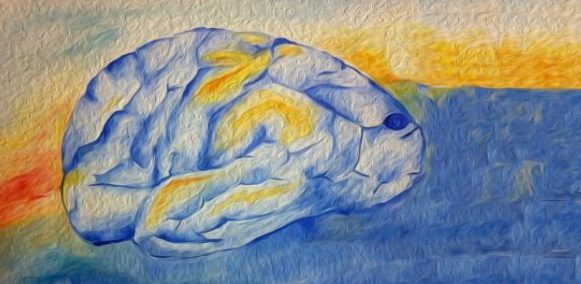Theoretical neuroscience
Theory of spike initiation, sensory systems, autonomous behavior, epistemology
Editor Romain Brette
Same-different problems strain convolutional neural networks (2018)
Matthew Ricci, Junkyung Kim, Thomas Serre
5 comments on PubPeer arXiv: 1802.03390v3 arXiv: 1802.03390
This paper points out some important limitations of current connectionist models, including deep learning networks. While those models can now identify objects in photos with excellent accuracy, they struggle on tasks that seem totally trivial for us, such as deciding whether two shapes are identical or different. Current neural network algorithms are totally clueless for this type of tasks. More generally, they are unable to identify relations between objects in an image. To me, this is related to a fundamental limitation of the cell assembly concept, which I discuss in my essay Is coding a relevant metaphor for the brain?. In classical connectionism, and more generally in the classical neural coding view, percepts are thought to be represented in the brain by the activation of a cell or cell assembly. But a cell assembly is an unstructured set, much like the “bag-of-words” model of text retrieval. It can represent elements in a perceptual scene, not relation between elements. Thus to represent relations with neural activity, a dynamical aspect is needed (hence the proposition of binding by synchrony, which is useful but insufficient).
